If you are familiar with American Quarter horses, you may have heard about the Hancock horse bloodline. If you haven’t, try asking the closest equestrian you can find, and you’ll probably catch an ear full.
There are a lot of rumors and some truths that have followed the Hancock bloodline throughout its existence.
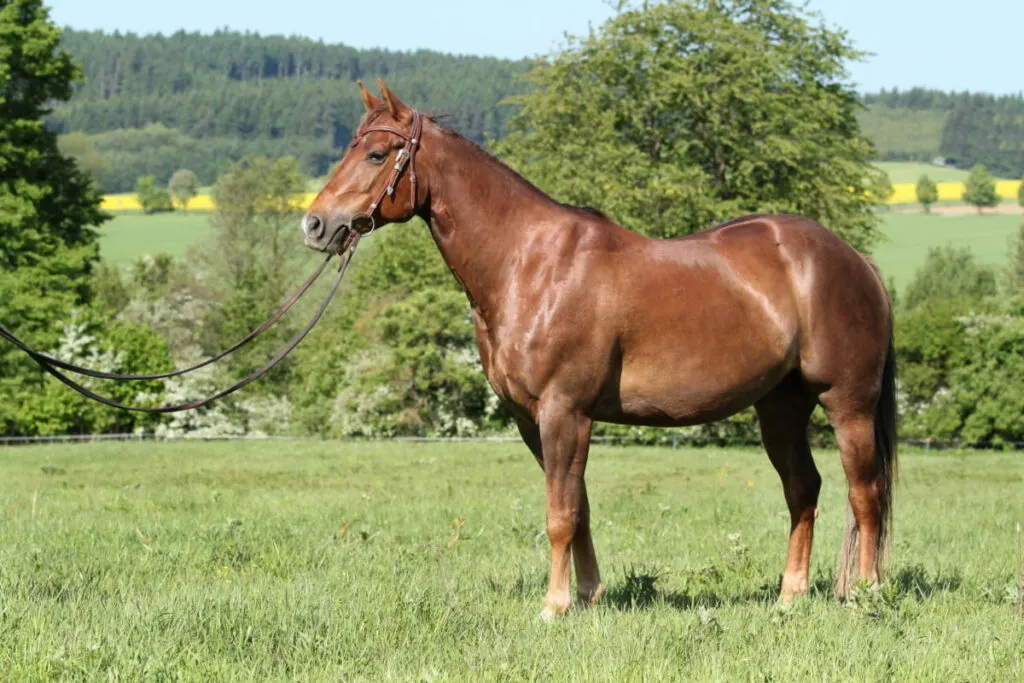
Finding horse owners with a Hancock horse story is easy, but deciphering the truth about the breed is a little more difficult.
Yes, some Hancock horses are hard to handle but whether that comes strictly from their bloodline or a lack of training or some combination of both is the question many never ask.
Everything is not always what it seems, although horse bloodline legacies are often based in some truth.
The bad reputation of a few Hancock horses should not dampen the success and calm nature of other horses of similar breeding.
The trick to coming up with your own opinion on this historical Quarter horse bloodline is to learn the history of the Hancock bloodline and what the Hancock horses of today can offer.
Table of Contents
History of Hancock Horses
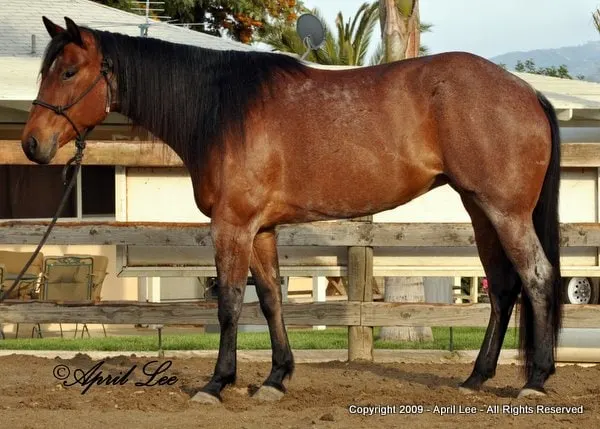
The Hancock horse bloodline began around 1926, or maybe a year or two earlier. The exact date is unclear, but it was around that time that a colt, a male horse, was born.
He was the result of breeding two unregistered horses owned by John Jackson Hancock. The breeding pair was a half-Percheron dam and a Thoroughbred stallion named John Wilkens that reportedly had a Quarter horse sire.
The colt was reportedly due to be castrated like most young male horses are, but his owner made an exception due to the colt’s exceptional appearance.
The gorgeous horse was named Joe Hancock when he was entered into one of his first races.
Joe Hancock, the original horse in the Hancock bloodline, would go on to run in several match horseraces, defeating the competition along the way.
He was then sold twice, ending up with Tom Burnett.
It was on the Burnett farm that Joe Hancock first became a working stallion, siring many well-known Hancock horses including Red Man, Roan Hancock, War Chief and Little Joe.
Two offspring of Roan Hancock: Peanut, and Popcorn are well-known for their abilities in the roping world.
When the American Quarter Horse Association was formed, Joe Hancock was registered with number 455.
He was allowed AQHA registration not because he fit the Quarter horse mold exactly but because his offspring did time and time again. He was a bit larger than a Quarter horse thanks to his Percheron breeding, but his colts and fillies fit the bill to a tee.
By 1964, Joe Hancock had an astonishing 107 of his offspring make it into the AQHA.
Colors
While Joe Hancock was solid brown, his offspring and future lineage has varied in color.
The colors of a Hancock horse can range among all the colors in the equine spectrum. It all depends on what horses were bred together to produce them.
It is normal to see the roan coloring in many of the Hancock horses in the world today.
Some of Joe Hancock’s direct descendants including Red Man and Roan Hancock were roan-colored: a unique diluted gene that causes white hair to be interspersed within the horse’s coat.
A quick search of Hancock horses for sale will often yield a list of stunning roan-colored horses.
Appearance
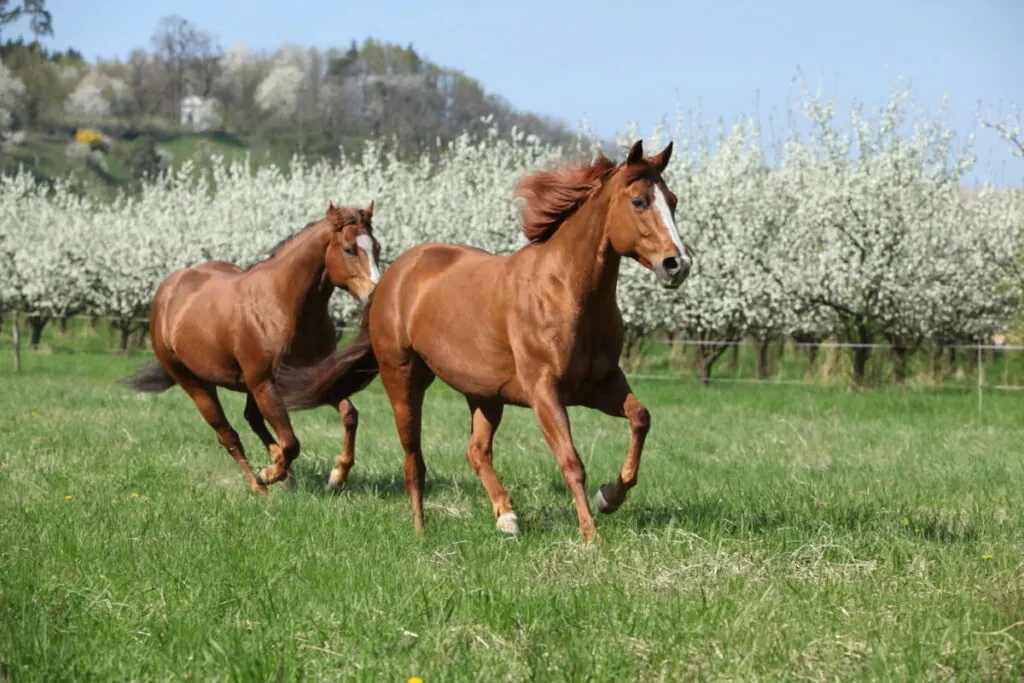
Hancock horses are great examples of what a Quarter horse should look like.
Apart from their gorgeous coloring, Hancock horses have gorgeous, compact and muscular builds.
They are also known for their ideally sized heads and remarkable balance.
Temperament
Hancock horses have a reputation that precedes them for being difficult and hard to handle. The truth of the matter is that this is not always the case.
While Hancock horses are sometimes energetic, the presumed negative temperament of the Hancock bloodline is not set in stone. Some Hancock horses have been reported to have a penchant for bucking and that is true, but that is not the rule.
There are many Hancock horse owners that swear by the breed and describe it as one of the calmest horse breeds they have ever owned.
It is important to judge each horse, especially those with Hancock lineage, on a case by case basis.
It is also important to be knowledgeable about bloodlines and respect the fact that you should be cautious when purchasing any horse, even those with Hancock bloodlines.
What Makes a Horse a “Hancock Horse?”
In the equine world, a horse with Hancock lineage within its pedigree is often referred to as a Hancock horse.
In the horse breeding community, a horse must have at least 10 percent or higher of a Hancock blood percentage to be considered a Hancock horse.
If it is less than 10 percent, then it will be called Hancock-influenced as opposed to being called Hancock-bred.
Since the Hancock blood percentage is so small, there is a small chance of the desired Hancock traits being passed down to offspring.
Maintaining the 10% threshold when breeding Hancock horses can be difficult. Securing a sire with a high Hancock blood percentage is not easy because there are not a lot around today.
Are Hancock Horses Foundation Quarter Horses?
Hancock horses are considered Foundation Quarter Horses. When Joe Hancock was born in 1926, the American Quarter horse was a known breed, but it was not regulated.
Horse breeders simply bred horses that looked and raced like Quarter horses together to make more but there was not definitive breed, per se.
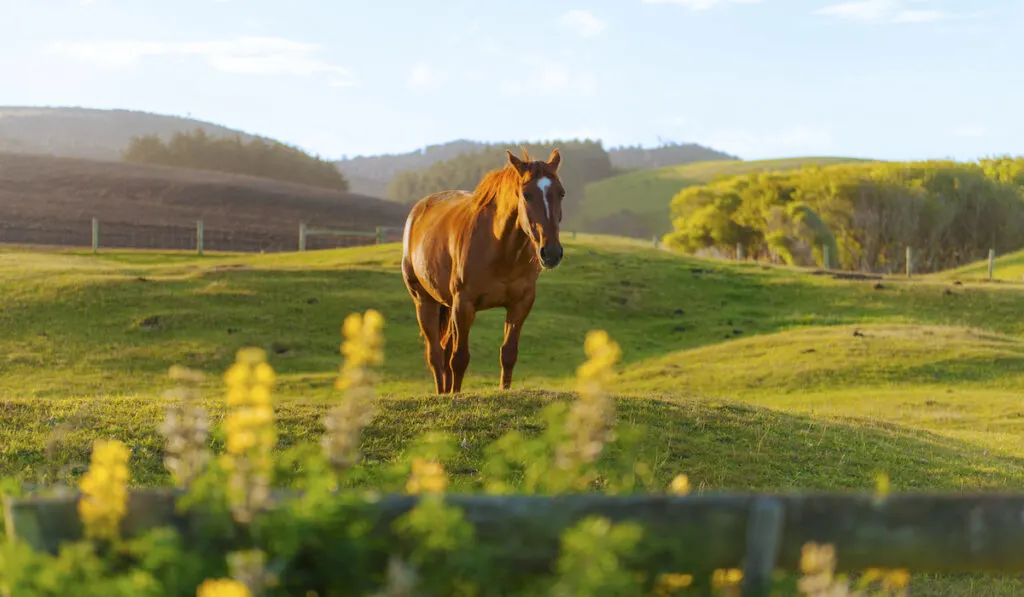
When the AQHA was formed in the 1940s, they needed quality stock to help form the foundation of the breed (source).
Joe Hancock was a part of this foundation, working tirelessly to produce offspring that would help mold the Quarter horse into a distinct and formulated breed.
Famous Hancock Horses
Apart from the bloodline’s namesake Joe Hancock, many horses in the Hancock lineage were famous on their own merit. These horses helped to cement the Hancock bloodlines in the American Quarter horse world.
Red Man
A direct descendant of Joe Hancock, Red Man was a gorgeous stallion that had a red roan pattern in his coat.
He was a registered American Quarter Horse that was not only a fast racing horse but performed as a great roping horse as well.
Red Man would go on to sire several champion roping and racing horses.
He was recognizable because of his missing ears which reportedly fell victim to cold temperatures when he was a colt (source).
Popcorn and Peanuts
Two roping horses Popcorn and Peanuts were half-brothers sired by Roan Hancock, a direct offspring of Joe Hancock.
They were ridden by two award-winning ropers of yesteryear, Everett Shaw and Shoat Webster.
They won multiple gold buckles riding Peanuts and Popcorn in roping events across the country (source).
Dusty Hancock
A grandson of Joe Hancock, Dusty Hancock was a blue roan stallion. He was a great racehorse but spent most of his career as a roping horse.
His offspring proved successful time after time. Dusty Hancock was known to have an extremely calm demeanor and could switch duties day to day from racing to team roping to breeding.
No matter what was asked of him, he did it with grace and success. Dusty Hancock was a well-known all-around quarter horse that sired many high-quality Quarter horses with the Hancock bloodline.
What Disciplines are Hancock Horses Good At?
Hancock horses typically excel on the farm as a superb ranch horse, but they excel in the ring as well.
Many Hancock horses have been known to do extremely well in the sport of cow-roping.
They excel at running short distances at extremely fast speeds and being able to listen on command.
Hancock horses also do well in other cow-centered equine sports including cutting, team penning, and sorting.
Where Can You Buy Hancock Horses Today?
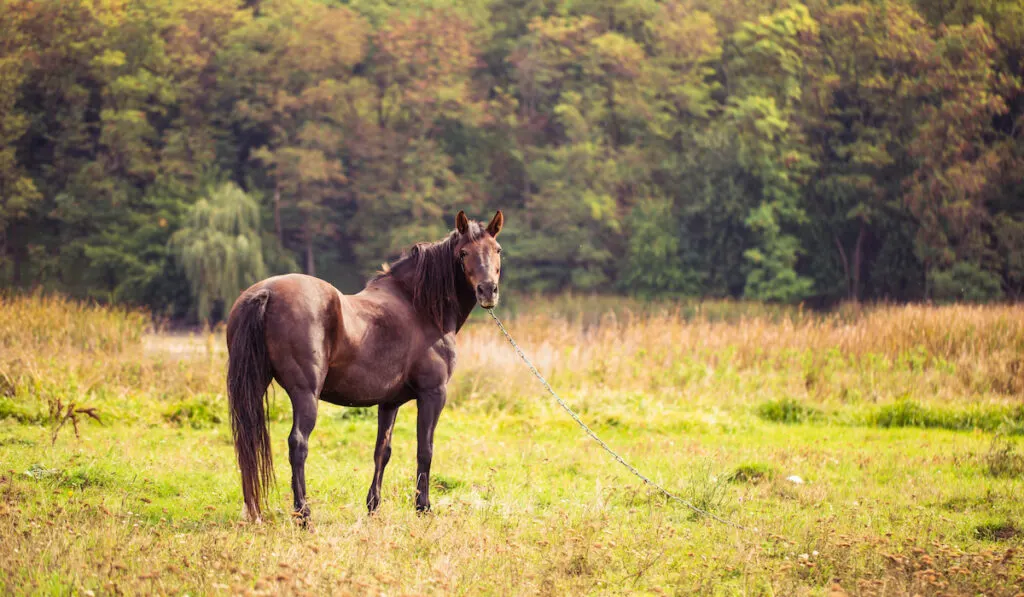
There are a couple different paths you can take to buy a Hancock horse in today’s world.
You can ask around in your equine community to find out if anyone knows of a horse breeder or trader that specializes in the breed.
The internet is another great medium that will connect you immediately to Hancock horse farms across the country.
How Much do Hancock Horses Cost?
The price of a Hancock horse can vary greatly depending on its overall breeding, ability and age.
Prices can vary from just a few hundred dollars to upwards of $25,000.
If you are just looking for a great ranch or trail horse, you should have no problem finding a gorgeous Hancock horse in your price range.
Why Buy a Hancock Horse?
There are many equestrians out there who refuse to even consider owning or riding a Hancock horse. They assume the horse will tend to buck and act out no matter how well it is trained.
Those who advocate for the bloodline will tell you that Hancock horses are well-known in their community for being excellent ranch horses with easy-going dispositions.
For the most part, Hancock horses will have exceptional demeanors and a get up and go attitude, willing to take on whatever is asked of them.
Not only do they do well on the ranch, they excel in the rodeo world dominating the competition in roping, cow-working and everything else.
Hancock horses still perform well on straightaway horseraces. Hancock horses, with a few notable exceptions, are hardworking, dependable and strong.
Final Thoughts
Hancock horses may have gotten a bad reputation over the years but do not count them out. The Hancock bloodline began with a strong, elegant and easygoing horse that was as fast as he was steady.
Many of his descendants share these ideal qualities while a few display more, let us say, spirited attributes.
Either way, we should always pay homage to the Hancock bloodline and never discredit a horse based solely on his or her lineage. Judge a horse by its actions in the arena with an experienced rider.
Resources:
- http://www.hancockhorses.com/articles.html
- http://hancockhorses.com/joehancock2.html

